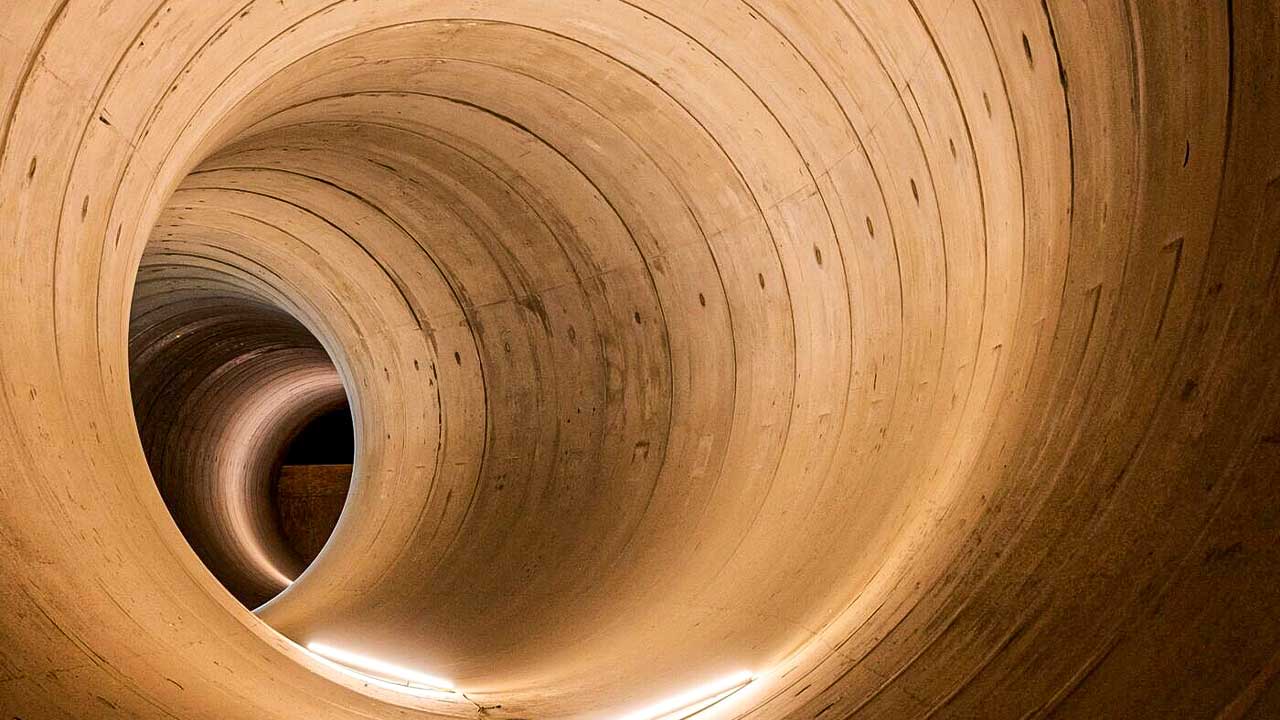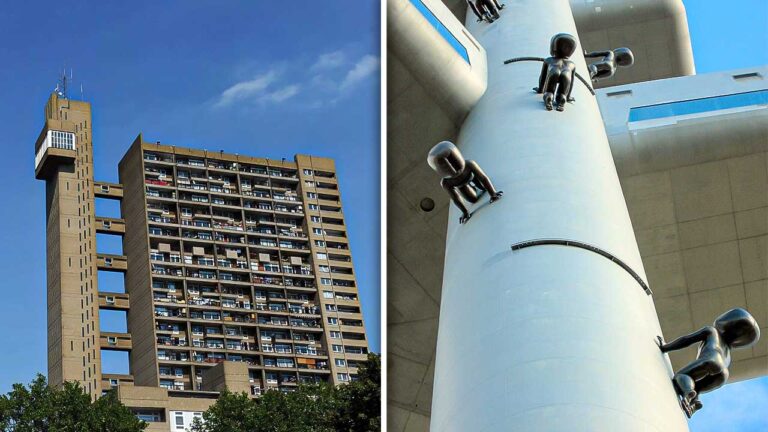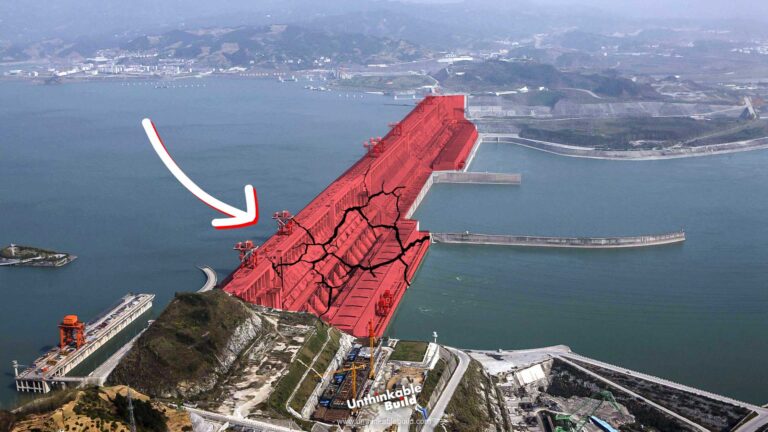Thames Tideway Tunnel: London’s £4.5 Billion “Super Sewer” Tunnel
London, the nerve center of Europe, is renowned for its rich history, contemporary architecture, and historical monuments. This city is not only home to world-class museums and galleries but also boasts a cosmopolitan vibe that attracts tourists worldwide. With a population of approximately 9 Million, it is Europe’s third most populous city and the fourth most expensive in the world. London is considered a dream destination due to its vintage constructions, world-class museums, lush green parks, and other tourist attractions. Moreover, a significant mega project is underway beneath the city, an amazing feat of engineering set to transform London’s sewer system for future generations. Once completed, this extraordinary 25km long tunnel will intercept, store, and transfer sewage away from the river Thames, helping to protect the river for at least the next 120 Years.
London’s population is set to significantly increase over the coming years; it is estimated that the population will grow to 16 Million by 2160. This increase will inevitably lead to more waste production, necessitating improved transportation and treatment. Currently, Nearly 9 Million Londoners rely on a sewer system built by Joseph Bazalgette in the 1860s, originally intended to serve just 4 Million People. This is where the Thames Tideway Tunnel comes in. The construction of this ‘super sewer’ began in 2016 and is expected to be completed in 2025.
The journey into London’s new sewer system begins with a safety briefing and a wardrobe change — including a hard hat, goggles, gloves, steel-toe boots, high-visibility orange trousers, and a matching shirt. Then comes the 40-Meter (131-Foot) descent in what looks like a shark-diving cage dangling from a crane beside the yawning hole next to the river Thames. When you get to the bottom, it looks like Gotham City. The underground passage is wide enough to accommodate two double-decker buses. The tunnel itself, musty and cool, slopes gradually deeper toward a junction near Battersea Park, ensuring the effluent it’s designed to carry will literally flow downhill.
After eight years of work, which involved excavating 5.6 Million Tons of earth, the £4.5 Billion ($5.5 Billion) Tideway Tunnel is about 90% complete. The super sewer consists of 15 miles of concrete caverns that will redirect raw sewage and runoff to treatment plants when heavy downpours overflow London’s 150-year-old wastewater network.
Also Read: CopenHill: World’s First Artificial Mountain with a Ski Slope at Its Top
Despite being slightly over budget, with current costs surpassing initial estimates by £1 Billion, the project is on track to finish by next summer. Tideway’s construction, one of the UK’s largest green infrastructure projects, has been progressing almost invisible to the residents, apart from those near the 24 work sites.
The Thames Tideway Tunnel Project, a significant part of London’s infrastructure development, is nearing completion. Designed to hold 1.24 Million Cubic Metres, the project extends approximately 25 km along the river Thames, from Acton to Abbey Mills. The tunnel is built deep underground, ranging from 20 to 70 Meters in depth and approximately 7 Meters in width. It intercepts 34 Combined Sewer Outflows (CSOs) currently linking the city’s sewerage network to the river. By intercepting these CSOs, the tunnel allows for the overflow of surface water and sewage to be diverted from the river, treated, and then discharged as clean water.
This tunnel is designed to intercept 95% of the annual sewage overflow into the Thames. Once captured, this waste will be transported to the Beckton Treatment Works in East London, recognized as the largest sewage treatment facility in Europe. Currently, London’s sewage flows through a Victorian-era network, leading to various treatment plants citywide. However, heavy rainfall often overwhelms this system, causing overflows directly into the river. The Tideway Tunnel aims to virtually eliminate this issue.
This megaproject, set to become operational in 2025, promises to significantly enhance water quality in the metropolitan area.
London’s antiquated combined sewer system, typical of older cities, has been overwhelmed by urban runoff and human waste.
Annually, about 40 Million Tons of untreated sewage—equivalent to nearly 15,000 Olympic-sized swimming pools—enters the Thames. Thames Water Ltd., which will operate the Tideway Tunnel upon completion, expects a drastic reduction in sewage discharges into the river, thereby resolving a centuries-old environmental challenge.
The Tideway Tunnel Project is more than just an infrastructure upgrade; it represents a pivotal shift in tackling London’s longstanding river pollution issue. It complements Joseph Bazalgette’s historic sewer system, which, while still operational, is inadequate for a city nearing nine million people. According to planners, the additional capacity of the Tideway Tunnel is expected to extend the lifespan of London’s existing sewer system by another 120 Years, effectively bridging past and future urban challenges.
Also Read: Brenner Base Tunnel: The World’s Longest Railway Tunnel in the Mountains
Let’s explore the design and features of the Thames Tideway Tunnel, also known as the super sewer. This tunnel boasts a width of 24 Feet and extends over 16 Miles. Starting around 98 Feet underground in Acton, West London, it deepens progressively as it travels through inner London, reaching an impressive depth of approximately 230 Feet below ground at Abbey Mills in the East, eventually connecting to the Beckton sewage treatment works.
The tunnel is designed to manage 34 of the most polluted sewer overflows. Initially, it is expected to operate for about 3.7% of the year, but this could increase due to factors like global warming and London’s expanding population. To address these concerns, new regulations require separate drainage systems for areas such as streets, parking lots, large roofs, and building roofs in new developments, offering cost savings for owners.
This tunnel will effectively channel combined sewer water from Stratford to East Ham, ensuring a smooth journey to the Beckton sewage treatment works. After processing, the treated water will be released into the Thames Estuary. In response to the Task Force on Climate-Related Financial Disclosures (TCFD)’s inquiries about its sustainability and environmental impact, Tideway, the company overseeing the tunnel’s construction, provided a comprehensive response, including a detailed social impact analysis that quantifies the project’s significant social value.
Furthermore, Tideway received an enhanced Environmental, Social, and Governance (ESG) rating from S&P, a renowned financial authority, boosting its score to 77. The company has set a clear carbon target, with strict monitoring and reporting mechanisms in place to ensure the project stays within its projected carbon footprint of approximately 770,000 Metric Tons of CO2.
The Tideway project has demonstrated its dedication to public service through the creation of seven new public spaces located above the tunnel. One notable space at Putney Embankment is already open for public enjoyment. Upon completion, this project is set to significantly reduce litter and unpleasant odors, enhance public health, and decrease the instances of fish deaths in polluted waters. Throughout its course, nearly 650 Cleanup Operations have been conducted along the riverbank, successfully retrieving around 100,000 Plastic Bottles from the river.
A noteworthy environmental initiative of the project is the planting of two new trees for every tree removed during construction, resulting in approximately 400 Diverse Trees being added to parks across London. Additionally, 3 Acres of new riverside land will be opened to the public in Central and West London, further augmenting the city’s green spaces.
The project’s impact extends beyond environmental enhancement. It has generated 4,000 permanent jobs and 100 apprenticeships, contributing significantly to the local economy. Economically, it’s estimated to yield annual benefits ranging from £7.4 Billion to £12.7 Billion over approximately 20 Years. The cleaner Thames River resulting from this project is expected to boost environmental tourism in the London area and support the sustainability of the commercial fishing sector.







